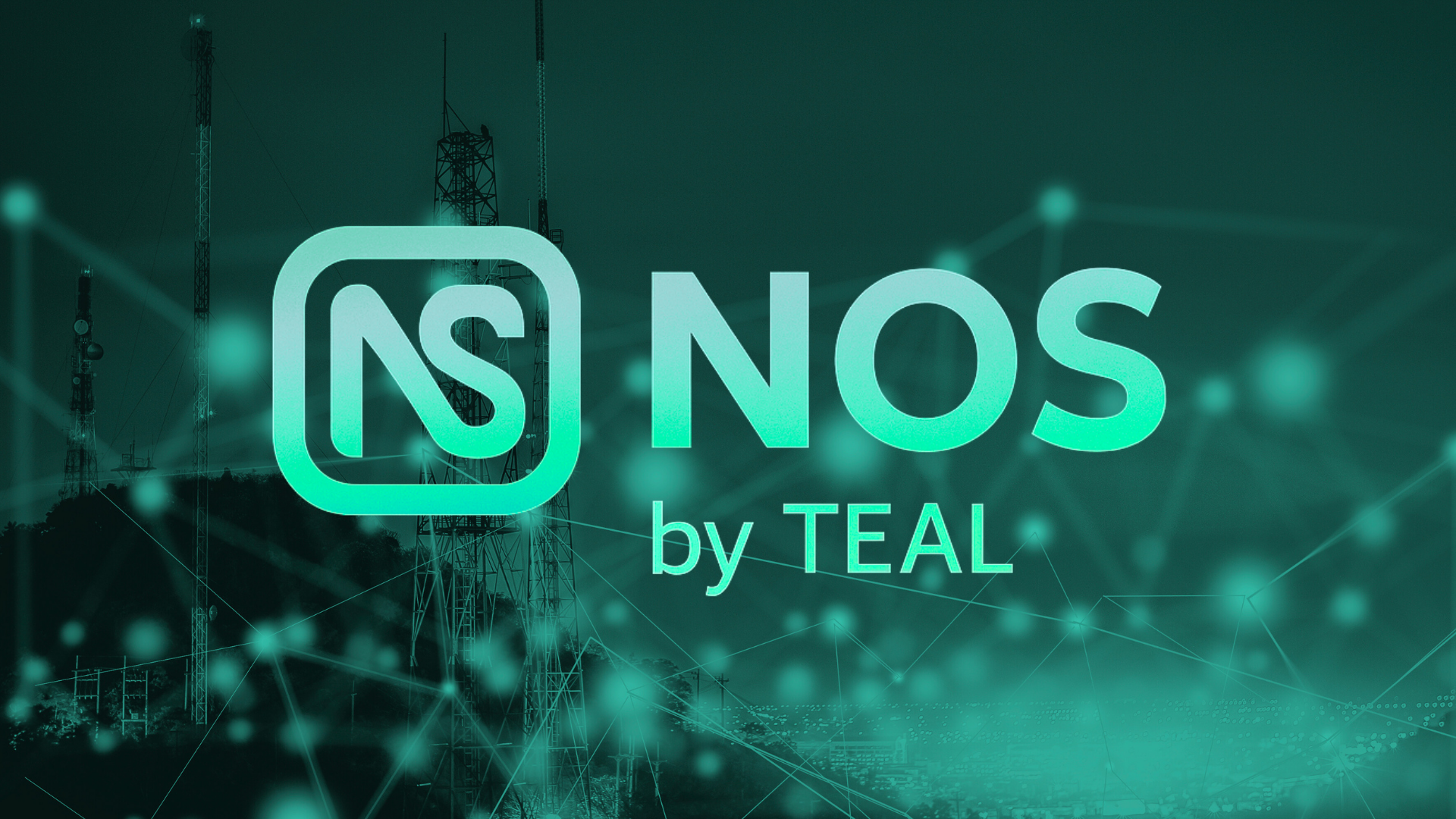Understanding Core Networks and their Vital Role in Cellular Connectivity for IoT and M2M Technology

The emergence of Internet of Things (IoT) and Machine-to-Machine (M2M) technology has significantly impacted the way we live, work and connect. These technologies play a critical role in enhancing our lives through seamless interconnecting of devices, creating faster, more efficient and cost-effective solutions. A core component of IoT and M2M technology is cellular connectivity. This enables devices to connect to each other over a cellular network and exchange data. Understanding the role of core networks in cellular connectivity is vital to the success of IoT and M2M devices. In this blog post, we will explore the importance of core network connectivity and how it differs from roaming and multi-IMSI solutions.
The role of core networks in IoT and M2M technology
Core networks (also known as the “backbone networks”) are the heart of cellular connectivity for IoT and M2M technology. They are responsible for transmitting data between devices through multiple base stations and across multiple networks. A core network ensures the efficient and reliable delivery of traffic between main network nodes. The data transmission is highly secure, and the core network is responsible for the authentication of devices. The core network provides connectivity and routing services between different parts of the network and controls the flow of traffic between these parts.
The impact of core networks on IoT and M2M technology
Core networks significantly impact the reliability, speed, and security of IoT and M2M technologies. With the use of core networks, devices can operate with high efficiency and minimum latency across worldwide networks. Moreover, core networks also provide numerous security features like encrypted data traffic, network redundancy, and device authentication.
Why is Core Connectivity Superior to Roaming?
Roaming solutions are a popular option, but they often lack the necessary infrastructure to support IoT and M2M devices. Roaming relies on leveraging the network infrastructure of other providers. This can cause issues with connectivity, speed, and security. In contrast, core network connectivity offers a dedicated infrastructure for these devices, which translates into improved performance.
Another disadvantage of roaming solutions is the cost. Roaming fees can be expensive, and costs can vary depending on the destination. This can be detrimental to businesses that rely on IoT and M2M technology. Additionally, multi-IMSI solutions can be complex and hard to manage, requiring considerable efforts from the IT department.
As IoT and M2M technology continues to grow and expand, the importance of core network connectivity becomes even more crucial. Core networks can handle a higher volume of data transfers and provide faster processing times, which are essential for many of the features that these technologies require. Core networks also offer a superior level of security, protecting devices from hacking attacks, malware, and other potential threats.
Understanding the role of core networks in cellular connectivity is vital for making informed decisions about your company’s IoT and M2M strategy. At the end of the day, it’s not only about connecting devices but also building a robust and reliable infrastructure for IoT and M2M technology’s success.
Expanding Your IoT Reach: Connecting to Core Networks with eSIM technology
In today’s ever-expanding world of connected devices, the traditional SIM card is becoming increasingly limiting. Whether it’s switching networks, managing multiple devices or simply having the flexibility to control your own connectivity, there are growing expectations on what SIM technology can deliver. Enter the eSIM, which is poised to revolutionize the way we connect and communicate in the digital age.
By connecting key cellular-enabled technologies and overcoming common connectivity challenges, eSIM has emerged as a game-changer for businesses, and this revolutionary technology is making traditional SIM cards obsolete. eSIMs are embedded, programmable SIM cards that allow devices to switch between networks without physically changing the SIM card. eSIM technology enables seamless connectivity and ensures optimal machine-to-machine communication (M2M) connecting IIoT solutions across a myriad of industries including oil and gas, mining, manufacturing, railway, agriculture, healthcare and automotive.
As connected devices continue to grow in complexity and scope, eSIM technology can provide reliable connectivity while reducing overhead costs associated with physical SIM card management. eSIM technology brings many benefits to the table, including scalability, reliability, security, and flexibility. With the power of eSIM technology, businesses can easily integrate IoT devices with core networks, making connectivity more seamless, secure, and most importantly, highly available. By leveraging the power of eSIM technology, businesses will be able to unlock new operational efficiencies and gain competitive advantages for years to come.
Find out why many leading businesses are making the switch to Teal. With eSIM technology from Teal, your company can take advantage of native core connectivity onto AT&T, T-Mobile, and Verizon, with additional native support for carriers in Canada, the UK, and the EU, and soon, Mexico. This translates to the same experience as if you had a T-Mobile, Verizon, or AT&T SIM in your devices, offering superior performance compared to roaming or using data centers not operated by these carriers.
The Teal team invites businesses to discover the transformative power of eSIM technology. To place an order or learn how Teal’s eSIM technology can simplify operational pain points, visit https://tealcom.io/order-teal-industry-edition-esim.
Don’t wait, our Industry Edition eSIM card is a special limited edition that won’t last.
ACT NOW: Get 20% off your physical card order price if placed by 8/31!
Recent Posts
TEAL’s Network Orchestration Service (NOS) is Changing Cellular Connectivity
Teal Communications Staff2025-07-15T19:59:45+00:00
How TEAL’s eSIM Technology is Shaping the Future of Drone AAM Policy Under FAA Part 108
Teal Communications Staff2025-07-08T16:48:15+00:00
Empowering Freedom, Independence, and Control Through TEAL’s Network Orchestration Service (NOS)
Teal Communications Staff2025-07-03T16:40:46+00:00




